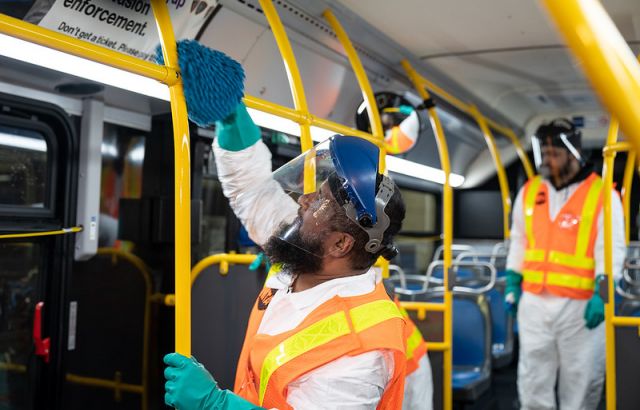COVID-19 is not going to leave anytime soon stated clearly by WHO. So, the transportation system must adapt to the current situation. The introduction of New Technologies in the respective sector is needed to tackle the disasters that are inevitable shortly. Last week a detailed analytical report was submitted by the Asian Development Bank, which stated similar concerns.
The title of the report read: “Guidance Note on COVID-19 and Transport in Asia and the Pacific.” The publication discussed the impact of COVID-19 on the transportation sector in Asia. It is evident, as soon as the Pandemic hit the world. Millions of employees ned were forced to work from home; children shifted to e-learning instead of schools, and consumers rushed to online shopping.
The report read: “While public transit may have been previously perceived as a mostly green, efficient, and affordable mode of travel, initial trends in cities that have re-opened have indicated that public transit is still considered to be relatively unsafe and is not bouncing back as quickly as the use of private vehicles, cycling, and walking.”
Even though the economy has drastically affected due to the COVID-19, on the brighter side, the carbon emission along with the pollution rate has considerably decreased, bringing clear blue sky in different cities around the world.
As the lockdown is getting partially relieved, the rate of traffic has started to increase again; therefore, pollution would also begin growing. Besides, the restoration of confidence of the general public on public transport will never be like it used to be.
However, to do so, the transportation sector must adopt protective measures like thermal scanning, cleaning, promoting face coverage, tracking, and much more.
The report concluded with these words: “Regardless of the COVID-19 Pandemic it is clear that developing Asia will continue to have a large need for additional transport infrastructure and services. It would take several years before the project currently in the pipeline would be operational and much can happen during these years.”
According to the media reports, the Punjab Mass Transit Authority operated feeder buses, and the metro faced a financial loss of Rs500 million during the lockdown period. The Government of Pakistan is still pondering the operation of Metro Bus services in Islamabad and Lahore under the SOPs that remained closed for over 110 days.











